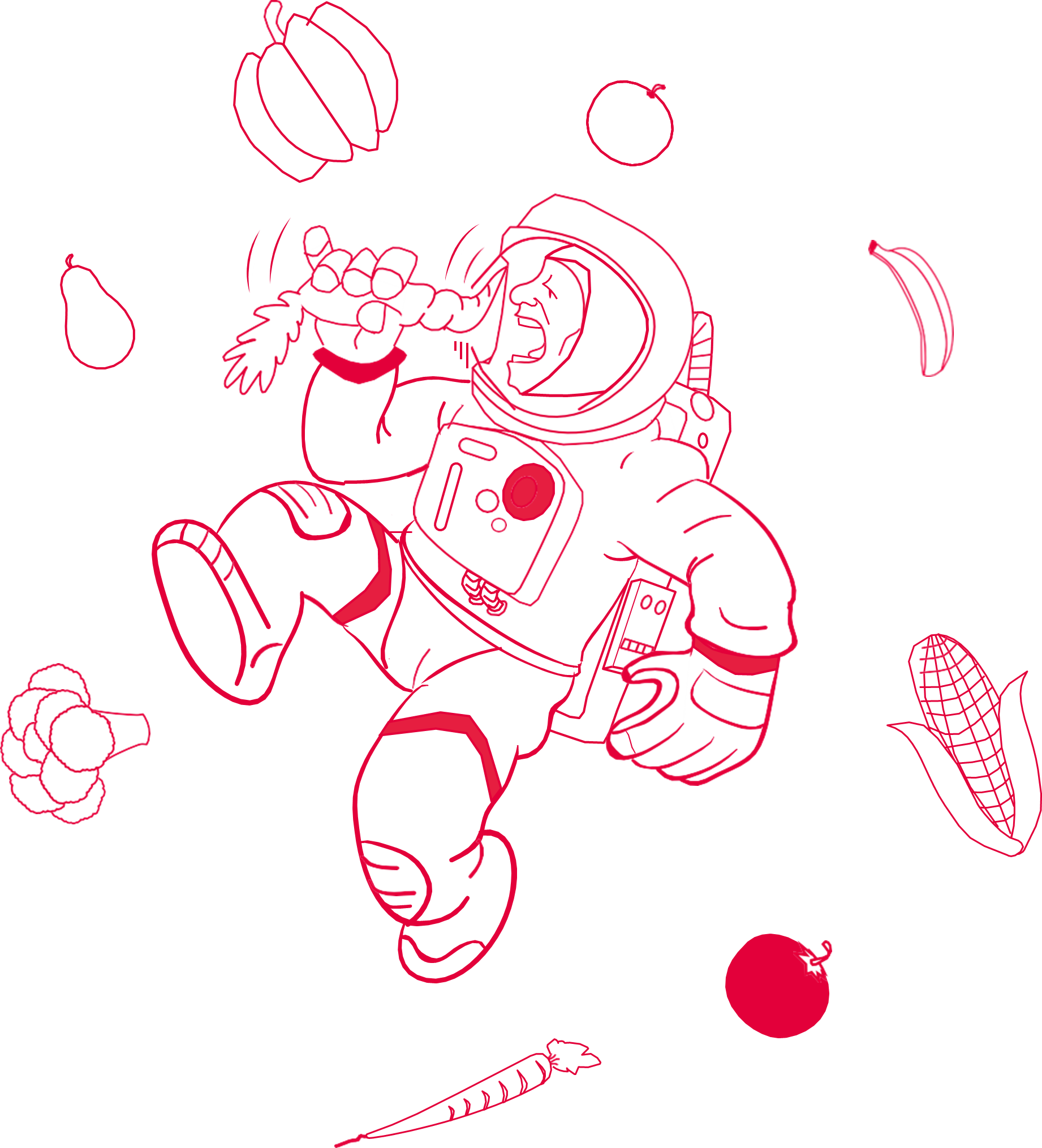AstroFood - Lernen über essbare Pflanzen im Weltraum
In dieser Reihe von Aktivitäten lernen die Schüler die verschiedenen Bestandteile von Pflanzen kennen.
Sie erfahren, welche Pflanzenteile essbar sind und lernen den Unterschied zwischen Gemüse, Obst und Samen kennen.
Die Schüler müssen sich die Pflanze vorstellen und zeichnen, die mit der beobachteten Frucht/Gemüse/Saatgut verbunden ist.
Sie werden auch lernen, dass verschiedene Pflanzen unterschiedliche Wachstumsbedingungen benötigen und unterschiedliche Erträge liefern. Auf dieser Grundlage werden sie überlegen, welche Pflanzen sich für den Anbau im Weltraum als gute Nahrungsquelle für Astronauten eignen.
Lernziele
Altersspanne:
6 - 10 Jahre alt
Zeit
Lektion: 60 Minuten
Ressource verfügbar in:
Aktion 1: Sammle dein AstroFood
In dieser Aktivität lernen die SchülerInnen, verschiedene essbare Pflanzenteile zu identifizieren. Anhand von Bildern oder verschiedenen Proben müssen sie die Unterschiede zwischen Früchten, Samen und Gemüse erkennen und sie entsprechend einordnen.
Ausrüstung
Aktion 2: Zeichne dein AstroFood
In dieser Aktivität stellen sich die Schülerinnen und Schüler die komplette Pflanze vor, die zu einem der Bilder aus Aktivität 1 gehört, und zeichnen sie. Sie sollten die Eigenschaften der Pflanze und ihre Größe berücksichtigen und überlegen, ob sie ein guter Kandidat für den Raum wäre.
Ausrüstung
Aktion 3: AstroFood-Olympiade
Bei dieser Aktivität wählen die Schüler ihre drei besten Pflanzen für den Anbau im Weltraum aus. Die Schüler lernen, dass Faktoren wie Größe, Wachstumszeit, Ertrag und Nährwert bei der Auswahl der Pflanzen wichtig sind.
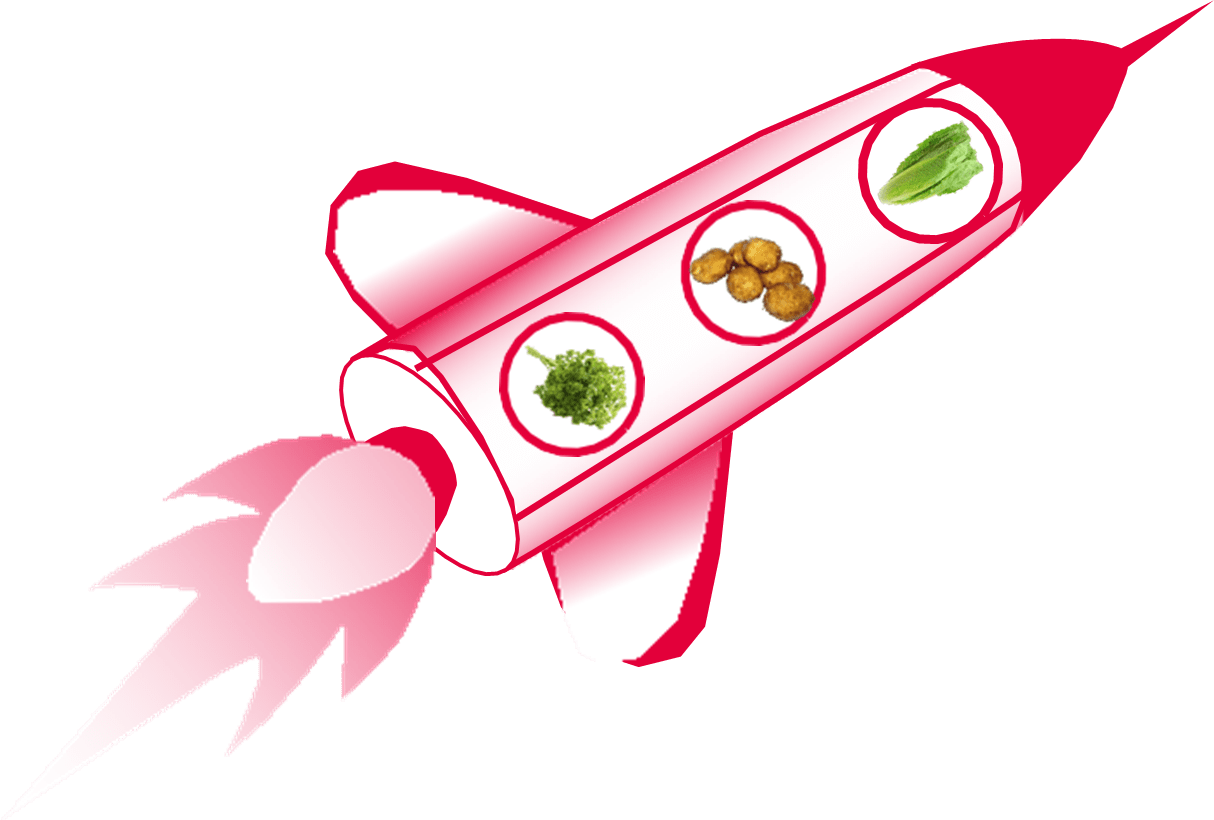
Ausrüstung
Wussten Sie das?
Es gibt mehr als dreihunderttausend (300.000) identifizierte Pflanzenarten auf der Erde, und die Liste wird immer länger!
Der Mensch nutzt etwa zweitausend (2.000) verschiedene Pflanzenarten aus der ganzen Welt, um Lebensmittel zu produzieren! Weißt du, woher all die Lebensmittel im Supermarkt kommen?
Der Mensch nutzt etwa zweitausend (2.000) verschiedene Pflanzenarten aus der ganzen Welt, um Lebensmittel zu produzieren! Weißt du, woher all die Lebensmittel im Supermarkt kommen?

Schlüsselwörter:
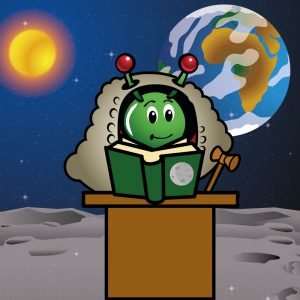
Mondverfassung - Wie würde eine zukünftige Mondgemeinschaft organisiert sein?
Kurzbeschreibung: In dieser Ressource diskutieren die Schülerinnen und Schüler einige organisatorische und soziale Merkmale einer zukünftigen Siedlung auf dem Mond und setzen sie in Beziehung zu ihren
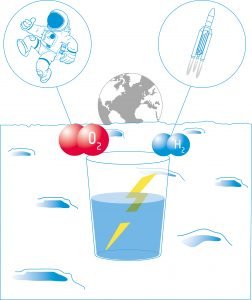
Energie aus Wasser - Wie man auf dem Mond Sauerstoff und Wasserstoff produziert
Kurzbeschreibung: In dieser Reihe von drei Aktivitäten lernen die SchülerInnen etwas über Elektrochemie. In der ersten Aktivität bauen sie einen Voltastapel - ein
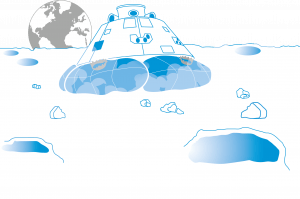
Landung auf dem Mond - Planung und Konstruktion einer Mondlandefähre
Kurzbeschreibung: In dieser Reihe von Aktivitäten werden die Schüler ein Landemodul planen, entwerfen und bauen, um das Überleben der Besatzung zu sichern (in der



